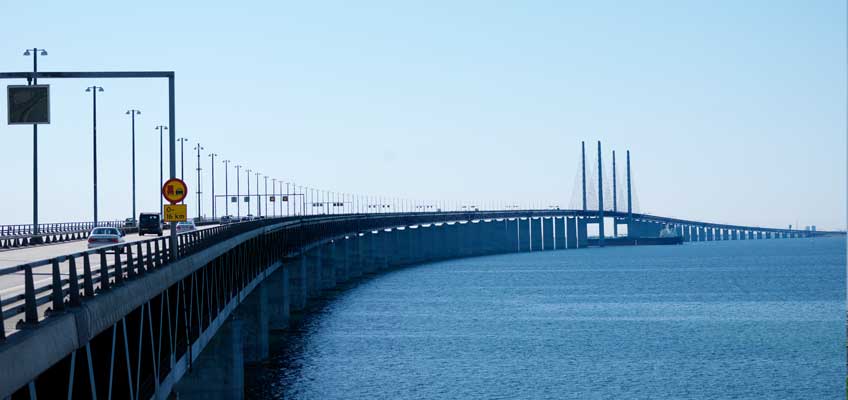How is maintenance considered in infrastructure investments?

This report examines how investment and future maintenance are coordinated and balanced when it comes to infrastructure investments, and how this affects the need for maintenance in the long term.
The report demonstrates that the Swedish Transport Administration lacks a complete description of how maintenance aspects are to be considered in the management system. This means that there are large differences between projects concerning whether, when, and how maintenance aspects are to be considered. The governing documents set the overall direction of the work, but lack specific instructions for how it is to be carried out. The working procedures thus differ between various parts of the organization.
This report demonstrates that there is potential for improvement when it comes to using a life-cycle perspective in the early stages of planning and investment. Applying a life-cycle perspective entails considering the total costs of all parts of the infrastructure over its entire lifetime, from the planning and early concept stages to liquidation. The purpose of this perspective is to find the solutions that deliver the most benefits at the lowest possible cost for the infrastructure as a whole throughout its life cycle. The investment costs must therefore be weighed against the costs arising in the other phases of the life cycle, such as the maintenance and reinvestment phases. If a life-cycle perspective is not adopted, low investment costs could result in increased long-term maintenance and reinvestment costs, ultimately increasing the total cost.
Download summary report
Summary report 2016_10 How is maintenance considered in infrastructure investments.pdf

